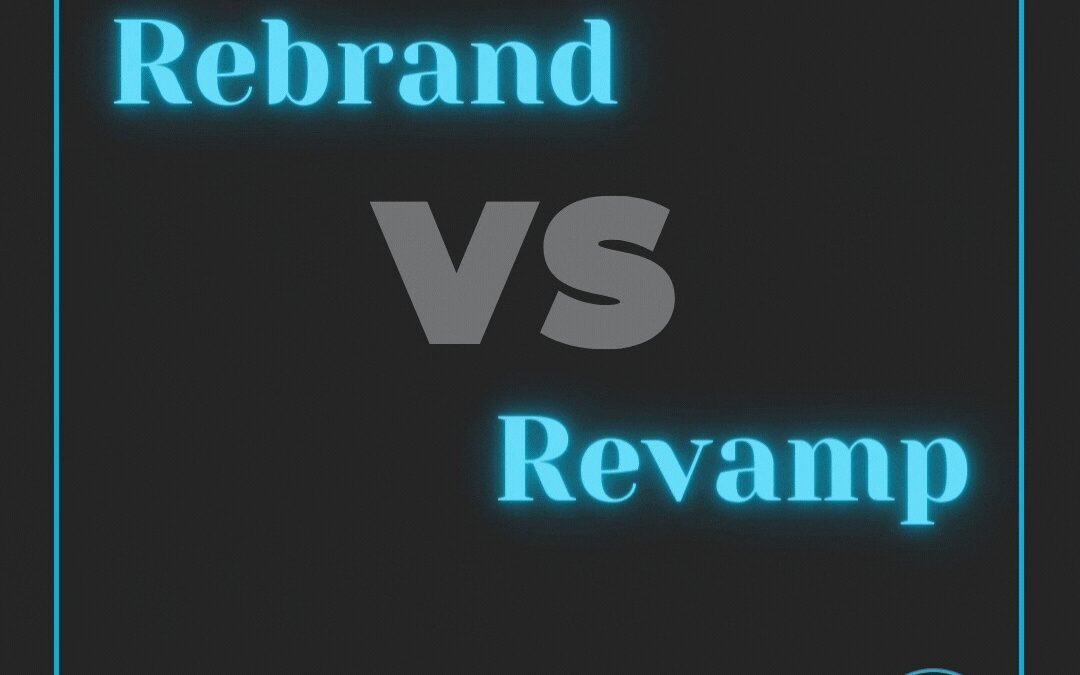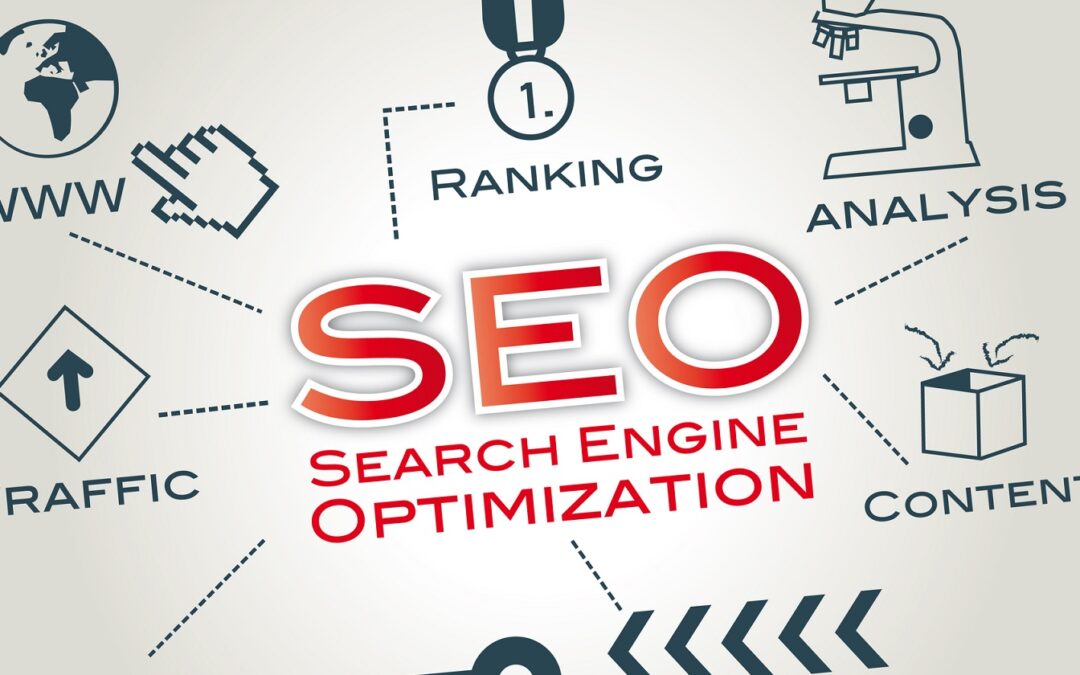- info@yaseo.co.uk
- 58 the Arches, Windsor, SL4 3HY, United Kingdom.
3 Search Engine Optimization Tips

Today we are exploring the world of search engine optimization! We have prepared for you some key tips to help you expand your business and take your website to another level. As a business owner, you are doing everything in your power to achieve better results in terms of sales, this is where SEO comes in. Let’s look at what is search engine optimization and how it can influence your sales and your business overall.
First Things First - What Is SEO?
Search engine optimization is the process of getting your website to rank higher. What do we mean by that? When a user searches for something online, they get results and the website best ranked are the ones most optimised. SEO will help you drive more traffic to your website and eventually give you more leads and sales.
Website Traffic - Quality and Quantity
The visitors you are getting from people clicking on search engine results is called website traffic. As with anything else, quantity does not always mean quality traffic. With the right SEO strategy, you are able to attract the right customers to view your website and potentially make purchases. So in terms of quantity, SEO can help you receive thousands of views of your webpage. However, these views could be just people browsing, or people who got there by mistake.
Obviously, you want to attract the right people to your website and you know your SEO is working when you are getting quality traffic. Quality traffic is when the majority of people visiting your website are interested in your products/services. There are two types of SEO - organic and paid. Paid search engine results rely on paid marketing campaigns, but that’s a topic for another time. Today we are looking at organic search engine optimization.
The SEO World Is Enormous
Search engine optimization has several aspects to it, but today we want to focus on the importance of the images you use. Don’t you just love it when you see a website with great images? It’s excellent in terms of keeping the reader interested! However, in terms of SEO, you would need to do a bit of background work. When uploading your images, it is very important what file name you pick as you go along and save them.
You might have noticed when downloading images from the web they sometimes have these random letters and numbers instead of a name. This should be your red flag, don’t just save them with that silly file name. At that point, it is crucial to rename them with something relevant to your post. Pick keywords that users search for the most and make sure they are consistent in your text and also images. As long as the file name contains your chosen keywords, you’re good to go.
If you are not downloading files from the web, just go through the names of each image and then rename them in a proper way. It is a good idea to pick names that are relevant to the image and also relevant to the keywords you want to optimise your website for. Don’t forget to check our guide for launching a website, we have some useful tips there too.
Alternative Text - Is There an Alternative to it?
Another key element to optimising your images is alternative text, and no, there is no alternative to it guys. An Alt description is essential as it tells Google what is the purpose of that image. There are some really interesting facts about Alt tags:
- Did you know that an alt tag is the best way to make your website accessible? People that are visually impaired normally use on-screen readers and the software would read out the alternative text so they can better understand it.
- In terms of SEO, the little spiders as we call them (the crawlers) reading the HTML code of your webpage are going to inspect the alternative text of an image and hence index it properly. Don’t disappoint the little spiders, put some Alt tags, and tell Google what your image is about.
- Sometimes images are not properly uploaded to webpages and that’s where the Alt tag would come into play. If that happens and your image is not displaying for any reason, the alternative text description will show in its place.
You might be wondering already what is a good way of naming your image files and what alternative description to use. Imagine you have a bowl of strawberries. The image file could easily be strawberries, however a good SEO Alt description could not be just strawberries as this doesn’t tell Google’s little spiders enough. You should try and be more descriptive like “a bowl of strawberries with powdered sugar”. Please keep in mind this Alt description is only suitable if your keywords are related to strawberries, don’t name them all like that!
Tag Me, Don’t Tag Me - Does it Matter?
Geotagging is the easiest way to tell Google where is the place shown in your photos. This is not like Facebook tagging, because website visitors can’t see the information. However, it is a small, but essential details that Google’s little spiders will look for. It is a great way to add location-specific information to your posts. Nowadays, we all tend to use our phones and tablets when we are on the go and therefore Google tends to show us more location-related content. Hence, we can assume that Geo tags are becoming more widely spread. If this is a technique that is missing from your onsite SEO strategy, it is definitely worth adopting.
We hope you liked our 3 tips for a better search engine optimization of your site’s images guys! Feel free to jump in and share with us if you are already doing this or is there anything we are missing when it comes to image-related optimization. Or if you are someone who’s just getting started, don’t hesitate to contact us and we can help you further.





